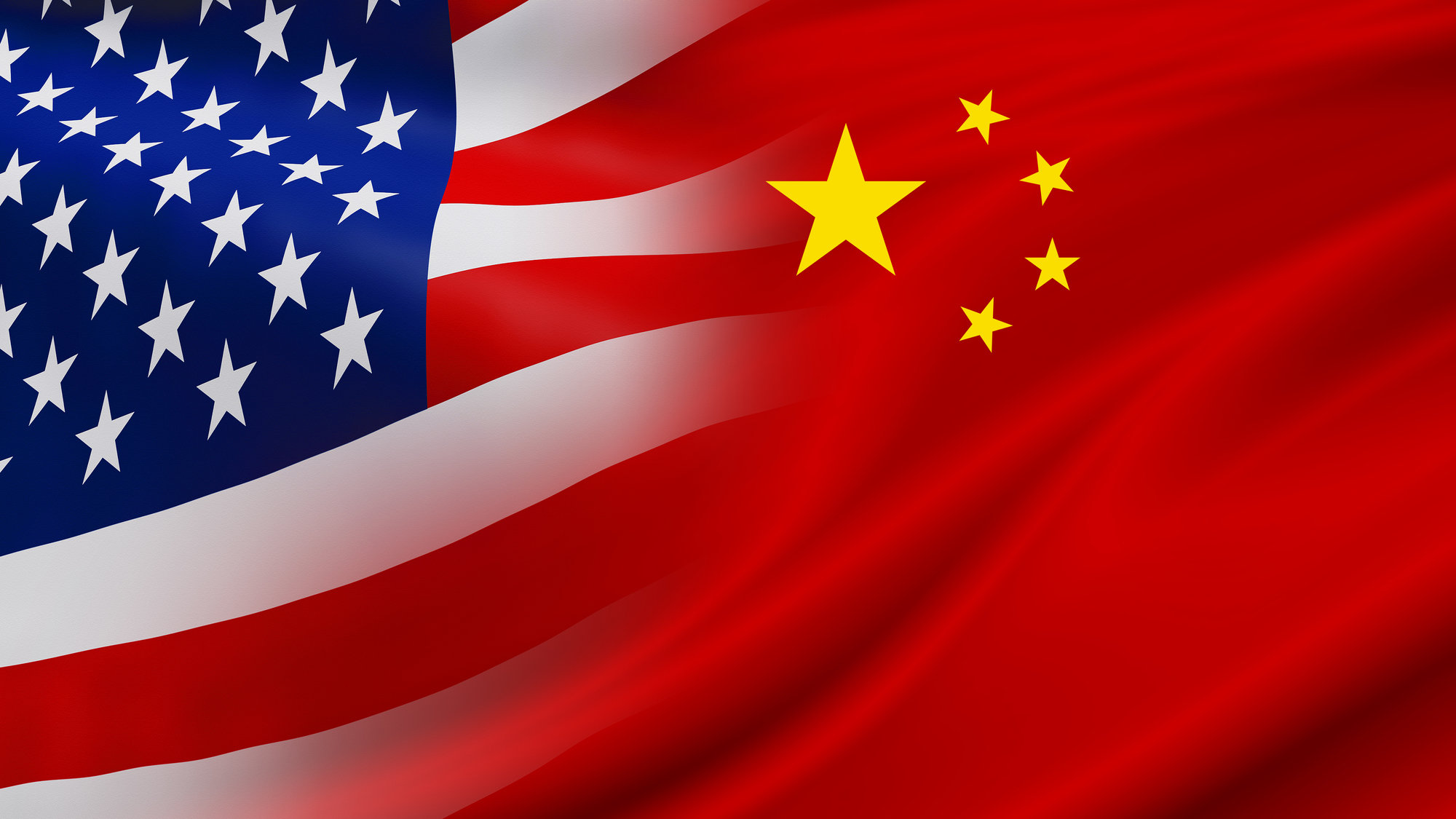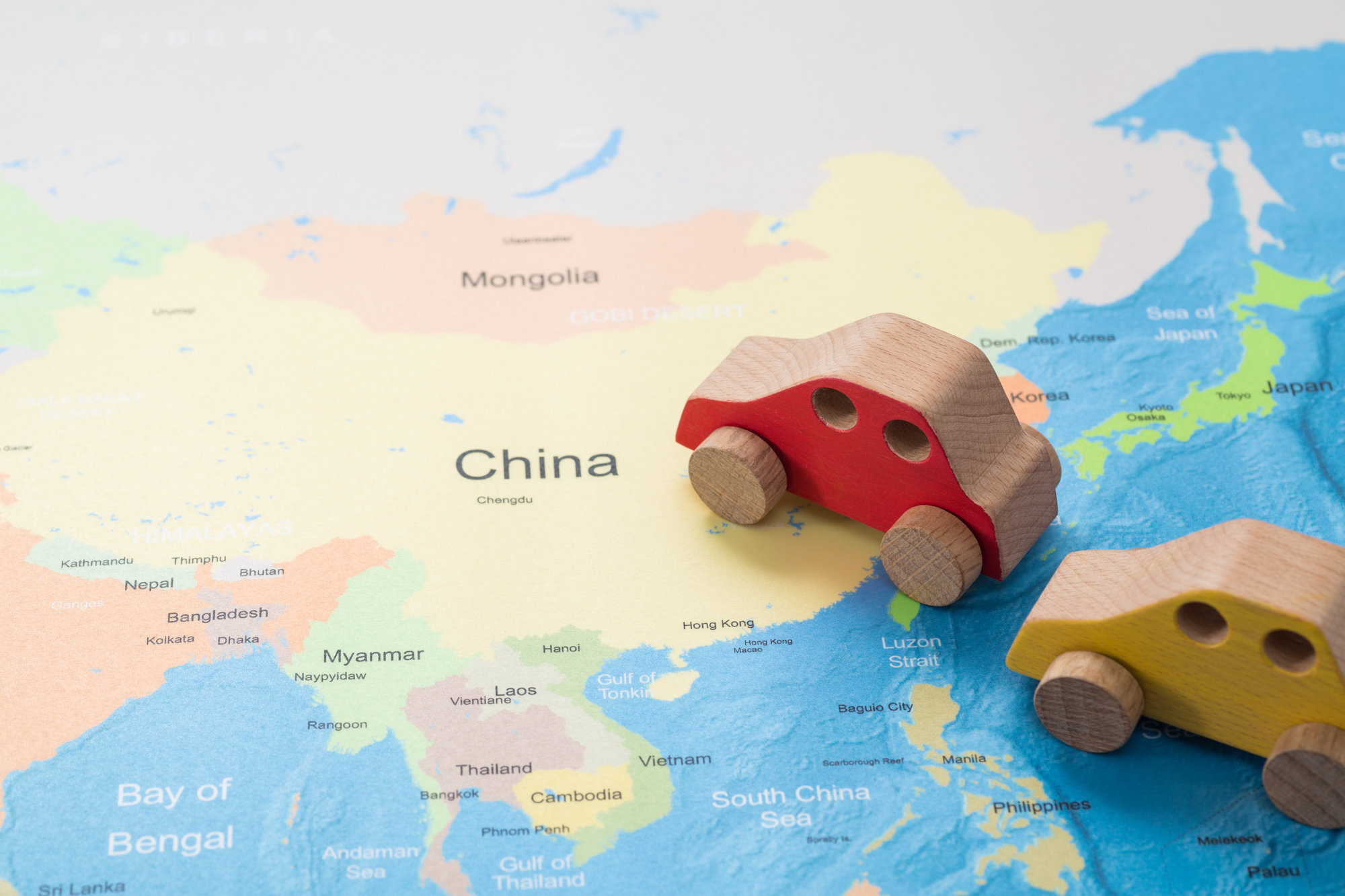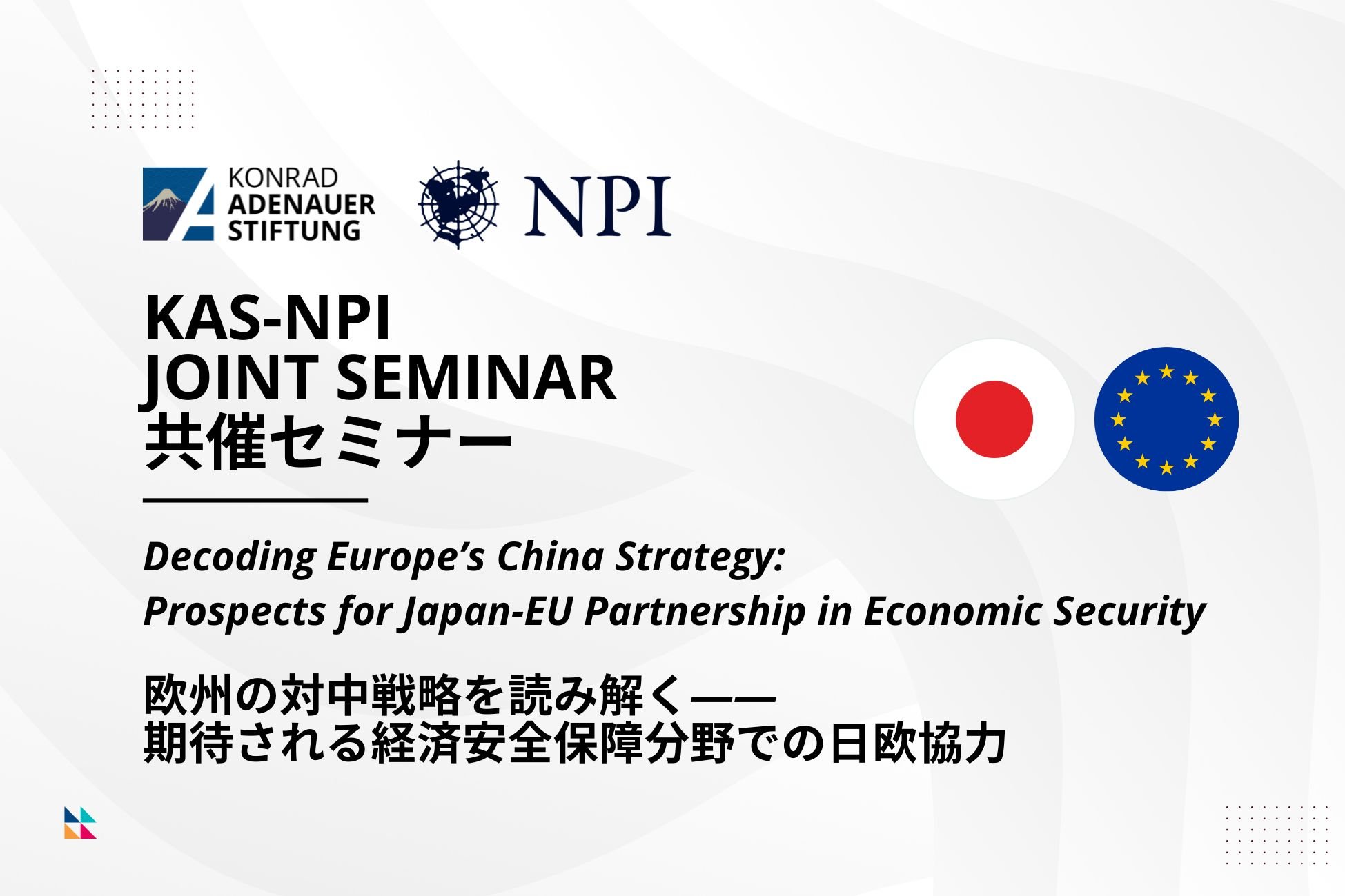2013/03/26
No. 173: Takashi Terada, "A Golden Opportunity for Japan's Regional Integration Policy: TPP, RCEP, and CJK"
Several regional integration frameworks have emerged in the Asia-Pacific region since 2010, but their contents, rules, and membership composition are all different, culminating in a tangle of regional integration initiatives. With Association of Southeast Asian Nations (ASEAN) aiming to establish an economic community in 2015, four different regional integration frameworks will soon be under negotiation in Asia and the Pacific, including an FTA among China, Japan and South Korea (hereafter CJK FTA), the Regional Comprehensive Economic Partnership (RCEP) comprising the 16 countries of ASEAN+6, and a US-led Trans-Pacific Partnership (TPP).
The principal factor behind the emergence of the tangle of regional integration initiatives in the Asia-Pacific is that the US and China have been promoting competing regional integration concepts, reflecting their respective preferences over issues to be covered. Though the US long remained on the sidelines of East Asian integration initiatives, it is now seeking high-quality "WTO-plus" regional integration through TPP, while China's commitment to regional integration frameworks such as RCEP is strongly oriented towards developing countries and would contain more exemptions in the form of tariff elimination duties, with few deregulation requirements that would demand the reform of domestic economic systems. As ASEAN has also shown an interest in RCEP, in which the speed and level of liberalisation would be based on the standard that developing countries generally prefer, the dissimilarities in these integration models in the Asia-Pacific region make any future merger of TPP and RCEP difficult. This also means the US and China will continue to compete against each other over trade and investment rule-making in East Asia and the Pacific.
While these regional integration initiatives are more intermingled, only Japan thus far has shown an interest in participating in TPP, RCEP, and CJK FTA. Japan is also set to begin FTA negotiations with the EU, which has also declared the commencement of FTA negotiations with the US, with an aim to disseminate trade and investment policy norms based on those of Western countries.
Importantly, TPP, RCEP, and CJK will offer different potential benefits to Japan, given Japan's relatively unique economic structure in East Asia. Japan's markets and exports differ substantially from those of China and many members of ASEAN: Japan continues to specialise in high added-value commodity exports, its international-oriented business sectors have expressed a great deal of interest in the liberalisation of services and investment in the region, its machinery and automobile companies have extended their production networks broadly across the Asia-Pacific region, and the strong competitiveness of its manufacturing products, as demonstrated by an average tariff rate of less than 3% at home, illustrates the openness of domestic markets. Given the trade and market features that Japan enjoys, the cost of non-participation in the TPP would be high, failing to secure maximum trade and investment benefits as more countries sign on to form a "critical mass". In fact, liberalisation of the service and investment sectors, for example, is quite unlikely to make significant progress under RCEP and CJK FTA, partly because China would strongly resist this type of liberalisation which would require transparency about business activities in its state-owned companies.
On the other hand, Japan does a significant volume of trade with major Asian countries such as China, South Korea, India, and Indonesia, none of whom currently participate in TPP, and, as mentioned earlier, many Japanese companies have set up a wide range of production networks involving these countries. In addition, these non-TPP members in Asia tend to protect some of their key industries (e.g., China imposes a 25% tariff on automobiles), so progress in RCEP or CJK FTA is also important as a tool to open these key markets to Japanese exports.
Accordingly, this complex profusion of regional integration initiatives presents a "golden opportunity" for the Japanese economy. To take advantage of this opportunity, Japan should consider measures to enhance the quality of RCEP and CJK FTA. An effective approach to adopt is to not regard these three integration frameworks separately, but rather binds them together to link their contents as much as possible. Japan would need to outline a single comprehensive integration strategy. To be able to ascertain the content and progress of negotiations on RCEP and CJK FTA in view of TPP negotiations on trade and investment liberalisation, for instance, it is imperative that Japan take the initiative by carefully examining those "WTO-Plus" items being pursued in TPP, -state-owned enterprises, intellectual property, government procurement, competition policy, the environment and labour standards, etc, -to determine what kind of WTO-plus issues are negotiable in RCEP and CJK, and ensure that these two FTAs involve and implement high-quality integration agendas by building a coalition with like-minded countries such as Singapore, Japan's first FTA partner. Accordingly, close and frequent contact among the negotiators for the three integration frameworks is undoubtedly essential. Given the need for a "control tower" capable of overseeing these three negotiations, it is imperative that, the current negotiation structure of a vertically-divided ministerial organization be revamped for the sake of effective economic diplomacy, as seen in the current deliberation towards the establishment of a National Security Council.
Some political trends are favourable for Japan. Traditionally, farming lobbies, which have mobilised financial and voting influence to maintain high tariffs on key agricultural products such as rice and raw sugars, have acted as a major impediment to Japan's attempts to pursue regional integration. Their opposition to Japan's participation in TPP has thus been very powerful. However, the re-election of Shinzo Abe as Prime Minister in November 2012 changed the political landscape radically and rapidly. Abe's decision to promote monetary easing schemes as a tool to help Japan overcome deflation, which has stalled the Japanese economy for many years, contributed to Abe's high degree of public support. This means that farming lobbies and politicians from rural constituencies will find it difficult to confront Abe (some of them need to rely on his popularity to win in the upcoming House Election in July). Thus, the domestic political situation also presents a golden opportunity for Japan's pursuit of regional integration, while Abe maintains a strong will to commit Japan to TPP, RCEP, and CJK FTA.
Takashi Terada is a professor of international political economy in Asia and the Pacific at Doshisha University.
The views expressed in this piece are the author's own and should not be attributed to The Association of Japanese Institutes of Strategic Studies.








